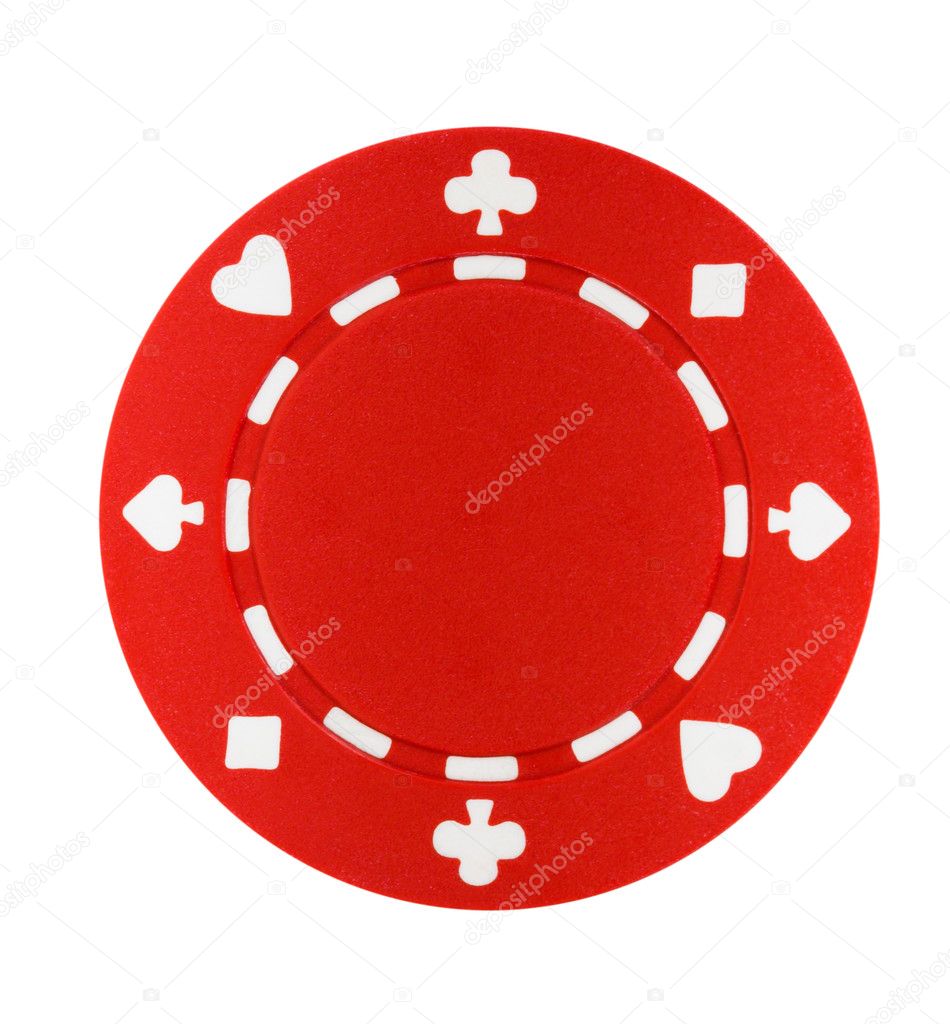Bet Backgammon
| Backgammon Books |

| Backgammon How Much Should You Bet? | ||||||||
| AUTHOR: | Michelin Chabot | |||||||
| YEAR: | 1982 | |||||||
| PUBLISHER: | Michelin Chabot | |||||||
| CITY: | Montreal, Quebec | |||||||
| ISBN: | 0-9691012-0-1 | |||||||
| BINDING: | Softcover, staple bound | |||||||
| PAGES: | ii+98 | |||||||
| SIZE: | 30 cm high, 22 cm wide | |||||||
| DOWNLOAD: | www.bkgm.com/books/Chabot/HowMuchShouldYouBet.pdf | |||||||
| DESCRIPTION: |
| |||||||
| READERS COMMENTS: |
| |||||||
| CONTENTS: |
| |||||||
| ABOUT THE AUTHOR: | Michelin Chabot graduated from Sherbrooke University in the Province of Quebec (Canada) as a civil engineer in 1972. He played chess seriously from 1964 to 1976, but gave it up to devote himself entirely to backgammon. His first publication, Backgammon: How Much Should You Bet?, is the only comprehensive guide to establishing an appropriate bet. The theories are interspersed with clear, practical examples to illustrate the principles of wise money management. The book breaks new ground, and is therefore a much needed, long awaited manual in the world of backgammon. | |||||||
| BY THE SAME AUTHOR: |
| |||||||


| ||||
Copyright © 1996-2016 by Tom Keith
| ||||
Bet Backgammon Instructions

Bet Backgammon Rules
The theory is simple and it can payout nicely if investment is done on a consistent basis, for example, you can try mr bet. Dollar cost averaging for backgammon gambling investments is best leveraged over a 3 year period, where the investor can choose to buy more shares monthly or bi-monthly. Backgammon Below are the important Terms and Conditions that you need to know, if you play backgammon on STANDARD.BET: Fixed game The following are examples of a “fixed game”: 1. A player intentionally transmits a bet to a friend or other person, 2. A player fraudulently uses a credit card that does not belong to them. Backgammon Below are the important Terms and Conditions that you need to know, if you play backgammon on STANDARD.BET: Fixed game The following are examples of a “fixed game”: 1. A player intentionally transmits a bet to a friend or other person, 2. A player fraudulently uses a credit card that does not belong to them. If a player commits external software intervention during individual or group games (i.e. Used special applications for playing backgammon) be Rico.bet reserves the right to: 1. Immediately block the player’s account. Terminate the player's account in Rico.bet. This is a very simple and free website to learn and practice classic.